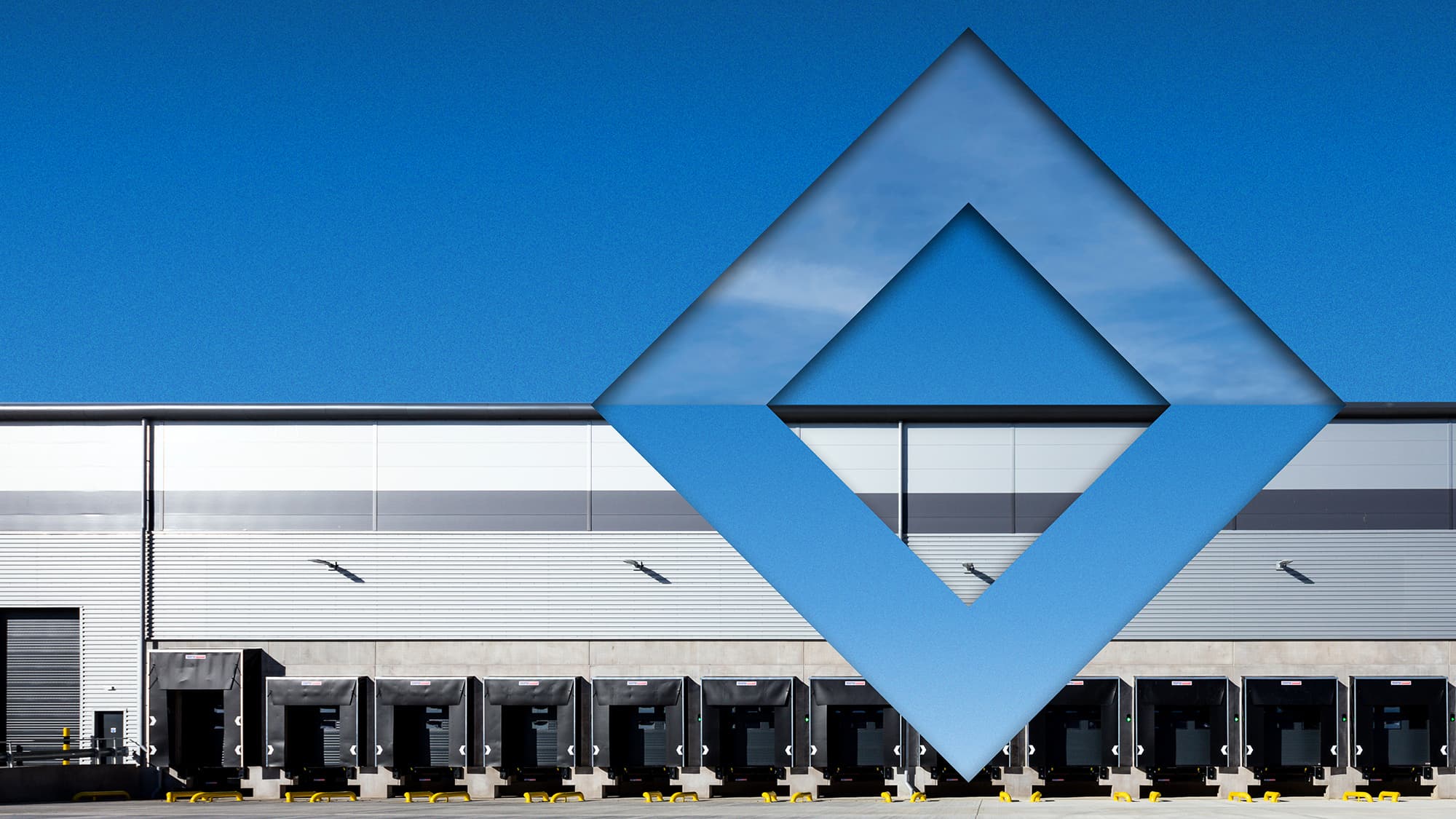
After two challenging years, the UK’s life sciences sector is starting to show signs of life once more. Whether it be strong demand from global pharma in London, Cambridge and Oxford, the increasing levels of venture capital (VC) money being raised, the Mansion House reforms, the government’s commitment to the Oxford-Cambridge Growth Corridor or the new R&D funding budgets, there’s plenty reason to be positive as we enter the final six months of 2025.
Taking each in turn, how certain can we be that the latest money raised and government interventions can be the much-needed boon to the sector.
Whilst VC funding is unlikely to return to the record levels seen in 2021 and 2022, in the first quarter of 2025, UK life sciences companies secured £1.1bn in VC funding, marking the highest quarterly total since Q2 2021 and a 36% increase on Q4’24. VC capital raising will be further supported by an improving macro-economic outlook, with central banks around the world now on an easing path with falling inflation, a moderately improving growth outlook and an increasing appetite for ‘risk’ from institutional investors. The correlation between VC funding and demand for lab space is well-established and we anticipate this latest round of fund raises will result in an uptick in occupier demand over the remainder of 2025 and into H1’26.
Furthermore, the life sciences sector is one of eight growth sectors that the government has identified to form part of the new ten-year industrial strategy. When sat alongside the Mansion House reforms (aiming to unlock pension fund capital for high-growth sectors like life sciences) and the ambitions set out by government for the Oxford-Cambridge corridor, this means that significant amounts of capital, both private and public, is being directed at the sector, which will only help enable further growth of life sciences in the UK, but particularly in the ‘Golden Triangle’, with its globally leading academic institutions, deep talent pool and IP ideation.
Other opportunities could lie in drug discovery emanating out of the US, as Trump, his departmental funding, tariffs and choice of personnel, such as Robert F. Kennedy, may make it more appealing for early-stage life science business to venture outside of the world’s biggest life science centre. If that theory holds, then the UK is well placed to benefit from any disruption. Albeit the recent development by Trump to issue ‘stop notices’ on a number of US research grants at UK universities, is a worrying development, with five universities, Durham, Leeds, Liverpool, Nottingham and Southampton all being directly affected.
However, there’s enough reasons to suggest that demand in the sector will improve from here on. The post-Covid slump that the sector endured was not unique to life sciences, but having emerged from the other side, the sector is well-established, with plenty money both targeting and within it currently, to suggest that demand from varied occupiers from the worlds of drug discovery to neurology to oncology, will drive a resurgence in the occupier, and vis-à-vis, capital markets, from this point on.

Lab take-up in London reached 114,900 sq ft in H1 2025, the highest level since the peak of 2022. This represents a 36% increase on the five-year full-year average and is eleven times take-up at the same point last year, marking an encouraging sign of renewed momentum in the market.
The majority of this activity was driven by LifeArc’s lease of 70,600 sq ft at Ashby Capital and Native Land’s KOVA KX at 105 Judd Street, accounting for 61% of total take-up. Additional take-up included new deals at Pioneer’s incubator space in Victoria House, expansion by Relation Therapeutics at British Land’s 338 Euston Road, and Helios X taking space at QMB’s Innovation Centre.
82% of the total take-up by area took place in King’s Cross’ Knowledge Quarter, highlighting the continuing appeal of this cluster, driven by its prime location, skilled talent pool, international occupiers and strong academic links.
Looking ahead, 67,100 sq ft of lab space was under offer at the close of the quarter, with Eli Lilly under offer on 35,000 sq ft at Blackrock and Reef’s Apex, Tribeca, continued activity within LBIC’s space at the same site and additional space under offer at Kadans’ Mayde, 5-10 Brandon Road, King’s Cross.
Venture capital investment has also surged in 2025, with £1.3 billion raised by London-headquartered science and tech companies in H1, more than triple the amount secured during the same period last year. This puts London far ahead of its Golden Triangle peers, outpacing Cambridge and Oxford by £988 million and £1.1 billion respectively.
However, despite these positive indicators, challenges remain. Available lab supply has grown, with 453,600 sq ft of built but vacant space now on the market. This marks an 80% increase compared to H1 2024, largely due to the first wave of new purpose-built lab completions over the past year.
There is also a considerable 2.4 million sq ft of lab-led space currently under construction, with 57% located in the Knowledge Quarter. The remainder is concentrated in Canary Wharf, where considerable progress continues at Kadans and Canary Wharf Group’s One North Quay and GIC and Oaktree’s 17CC LABS.




Following a subdued start to the year, Q2 saw an additional 26,900 sq ft of lab and mid-tech space transacted in Cambridge, bringing total H1 take-up to 49,500 sq ft. While this figure is 22% down year-on-year and 15% below the half-year average of the past five years, occupier activity in Q2 is pointing towards a more positive second half of the year.
A standout deal in the quarter was Frontier IP’s strategic partnership with Abstract Securities, securing 18,000 sq ft at the newly completed, best-in-class, South Cambridge Science Centre. This collaboration will establish a new innovation hub dedicated to early-stage science and tech businesses and marks an exciting step forward for both Frontier IP and the broader Cambridge ecosystem. Notably, this was the only transaction over 10,000 sq ft recorded in 2025.
Additional market activity in Q2 included Maxion Therapeutics completing a surrender and regrant of 8,900 sq ft at Unity Campus. At the end of the quarter, a further 12,700 sq ft was under offer, helping towards ongoing deal momentum in Q3.
On the demand side, DTRE were tracking 293,500 sq ft of active requirements in Cambridge at the end of June, with a further 350,000 sq ft of named demand either upcoming or temporarily on hold. Encouragingly, this includes two major enquiries of over 50,000 sq ft, although the majority of demand remains focused on smaller footprints.
Over the past 12 months, a significant volume of new space has been delivered, including BioMed’s One Granta at Granta Park and Abstract’s South Cambridge Science Centre in Sawston. With new completions outpacing take-up, up-and-built availability has increased sharply to 417,500 sq ft, nearly triple the 151,000 sq ft available at the same point last year.
Despite the short-term slowdown in leasing and jump in availability, there are reasons for cautious optimism. Venture capital raised by Cambridge-headquartered science and tech companies tripled year-on-year, reaching £319 million in H1 2025, up from £119 million in the same period in 2024. This injection of capital is a positive indicator for the months ahead and will help in reducing the lag between investment and take-up.




Following a strong start to the year, with 44,100 sq ft transacted in Q1, a further 22,700 sq ft was let in Q2, bringing the H1 total to 66,800 sq ft. While encouraging, this figure is still trailing behind the five-year annual average of 200,300 sq ft.
Notable lettings in Q2 included Oxford Expression Technologies securing 5,500 sq ft at Life Science REIT’s Oxford Technology Park, new leases at the Schrodinger Building in Magdalen College and GIC’s Oxford Science Park, and Alethiomics taking 4,400 sq ft at Kadans’ Abingdon Science Park.
Demand in Oxford remains robust, with total named requirements reaching 642,200 sq ft by the end of June, a 42% increase compared to the same period last year. Of this, active demand currently stands at 286,500 sq ft, representing a 36% of all active demand across the Golden Triangle and reflecting sustained interest in the region. This active demand is dominated by larger requirements, such as Vertex (90,000 sq ft), that emerged at the close of last year, alongside three requirements in the 10,000 to 20,000 sq ft bracket coming to market this year. Despite a positive number of larger requirements, the market remains dominated by the smaller size bracket, with 50% of total named requirements, by count, being for space less than 10,000 sq ft.
Oxford’s current supply remains constrained at 282,900 sq ft. Unlike Cambridge and London, Oxford has so far avoided a surge in new completions hitting the market simultaneously. That said, the picture is set to change in the second half of the year, with 421,000 sq ft of new lab-led space scheduled for delivery. This includes the first phase of Oxford North, new space at ARC’s Harwell Science & Innovation Campus, and Breakthrough Properties’ Trinity House at the entrance of Oxford Business Park. With a current vacancy rate of 14%, the market is expected to see a sharp rise in availability unless take-up accelerates.






